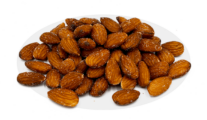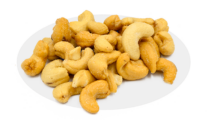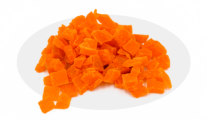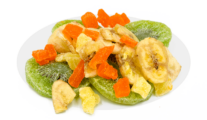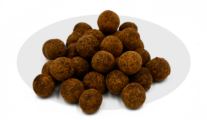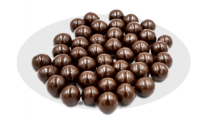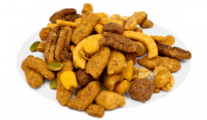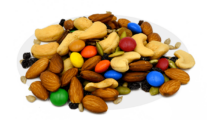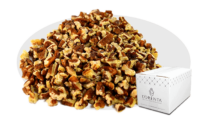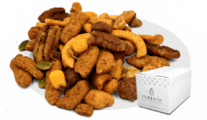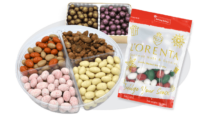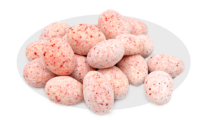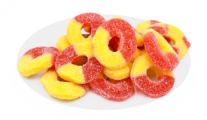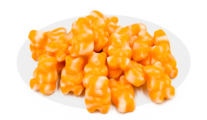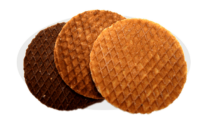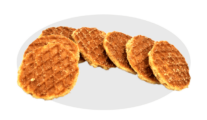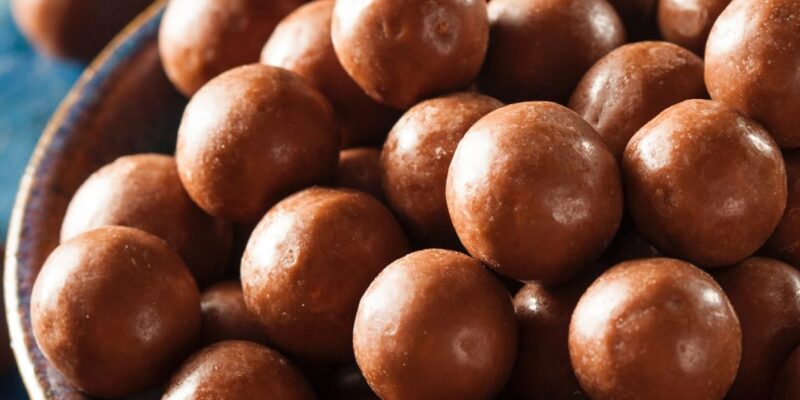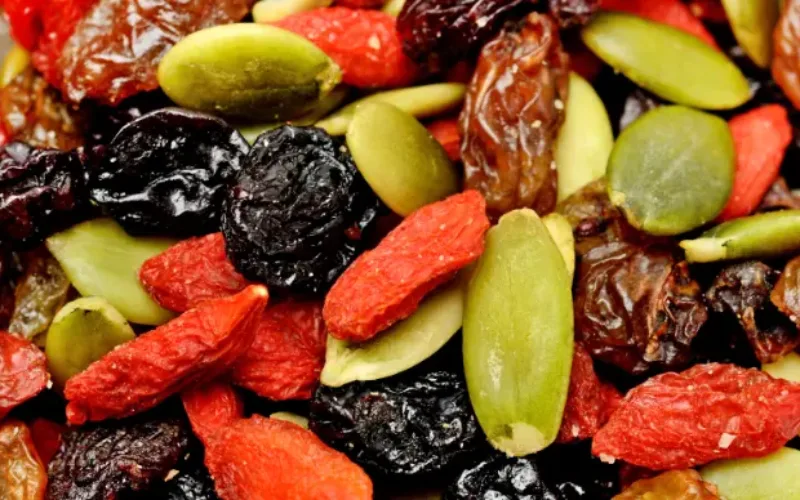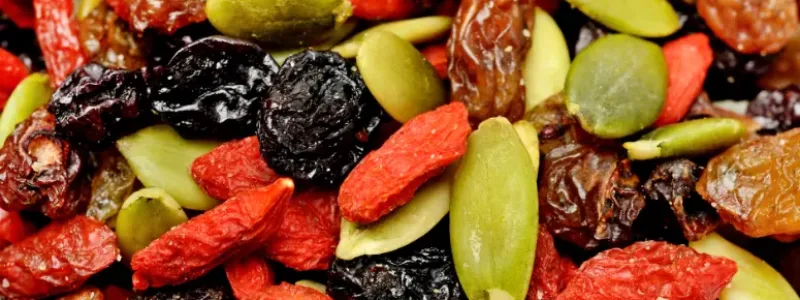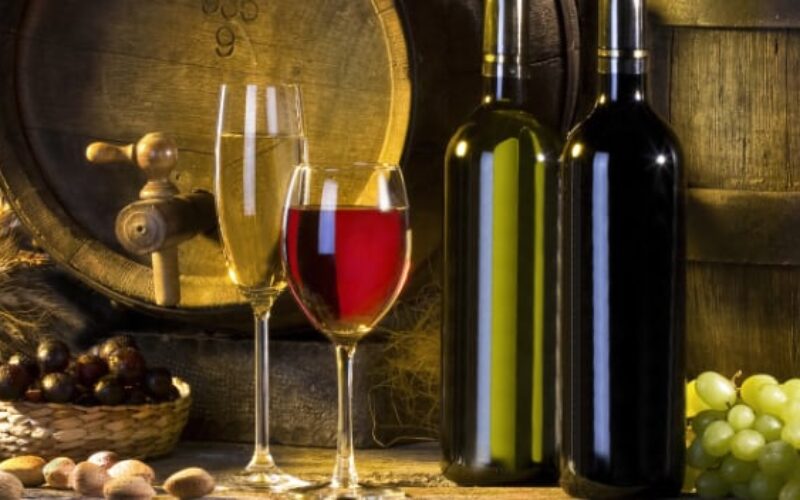Written By Sam Henselijn
A Malted Milk Ball Guide
If crispy chocolate-coated malted milk balls are your go-to sweet treat, you’ll love to learn that their history is just as rich as the little balls themselves. So, where did this now classic candy come from, and what gives it its unique flavor and texture? Keep reading to learn everything about malt balls, including a few interesting Fun Facts. This malted milk ball guide will answer some of your questions about malted milk balls!
What are malted milk balls?
Malted milk powder is the – delicious – result of a chemical process called malting. Basically, when barley grains germinate, their sugar composition changes, which leads to an entirely unique and naturally sweet flavor. The grain is then dried and ground into a powder before being mixed with wheat flour and powdered milk to form malt powder.
That’s what gives malted milk balls their characteristic taste! Confectioners mix this powder with a sweet syrup and cover the crunchy center in chocolate to create the light, crispy, and delicious treat we all know and love.
Malted milk balls history
Malt balls may be a candy of the past, but it’s still winning the hearts of the younger generations today. They’re just that good! In fact, they still hit the list for the top 20 Halloween candy and favorite movie theater snacks.
Who invented the chocolate milk ball?
But before all that was possible, William Horlick had to invent malted milk, back in 1887. At the time, he planned on selling it as a health food, but malted milk ended up becoming a popular sweetener for all sorts of things, from infant formula to fountain drinks and even pancakes and waffle mixes.
Jump to 1936, and the first malted milk ball was born, created by Forrest Mars. The candy officially crossed the pond over to the USA in 1939. A decade later, they were rebranded and named “whoppers”.
5 fun facts about malted milk balls
- Back in the day, malt balls were popularly sold in cellophane packages called “fivesomes.”
- Not all malt balls are… balls. Hershey’s and a few other brands sell egg-shaped malt balls for Easter!
- If you ever feel inclined to, you can make your own malt balls with just 3 ingredients – white chocolate, malted milk, and milk chocolate.
- The first mass-market malted milk balls were Mars’ Malteasers, invented and sold in England – but made in Australia.
- Malted milk balls are sometimes sold in milk carton packages to allude to the fact that one of the main ingredients is powdered milk.
Discover our selection of malted milk balls
Transport yourself back to childhood with every bite of our malted milk balls. You’ll be spoiled for choice with our selection. Are you ready to discover a new favorite candy?
If you’re into the classics, you gotta go with our Milk Chocolate malted milk balls
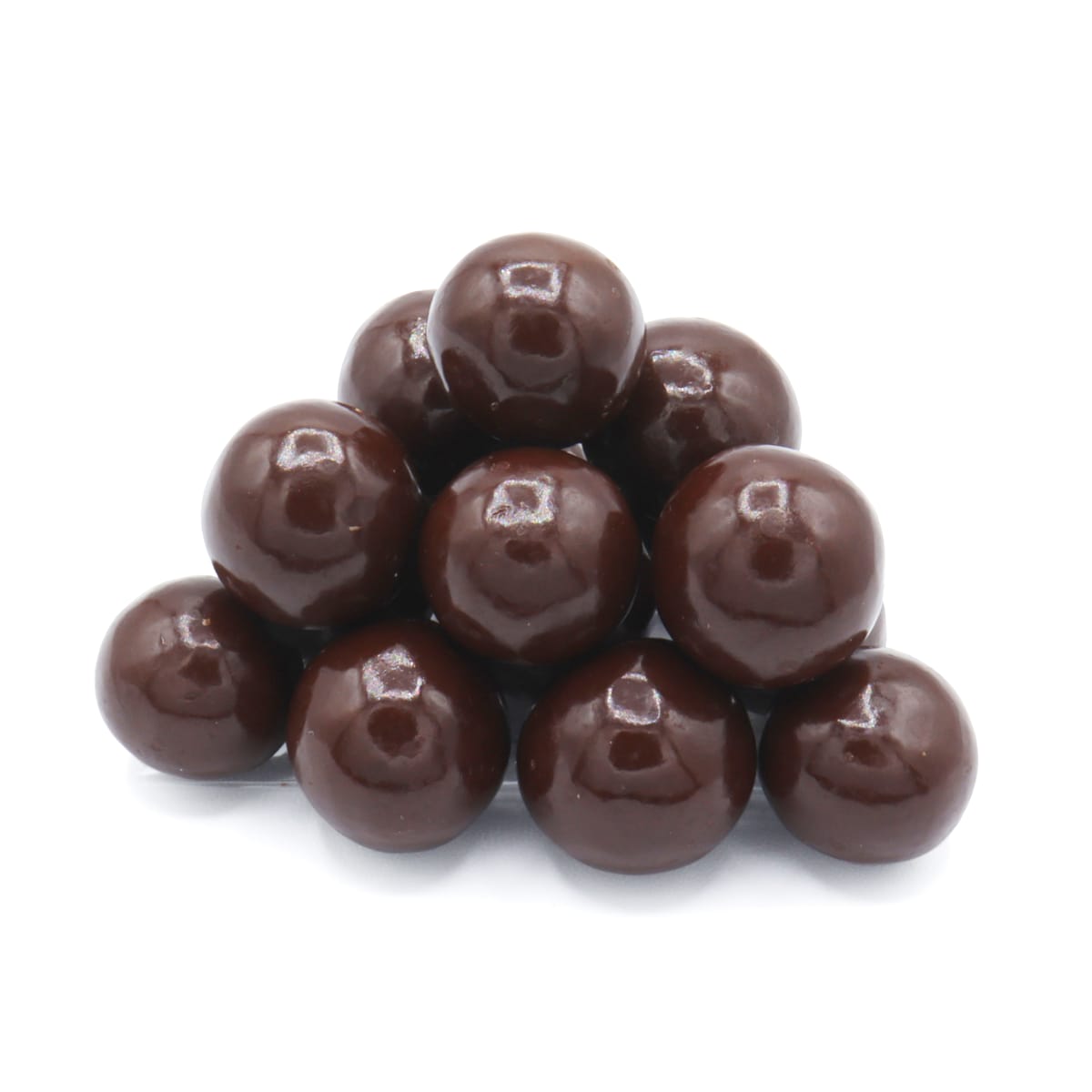
or Dark Chocolate covered malted milk balls. You simply can’t go wrong with either. They’re just like your favorite childhood treat but made with ingredients of much better quality.
And since we’re on the topic of chocolate, here’s the main event: our Ultimate Malted Milk Balls really elevate the classic version. Extra-large malt balls are generously coated in three layers of milk, dark, and white chocolate! These are dangerously good and impossible to resist!
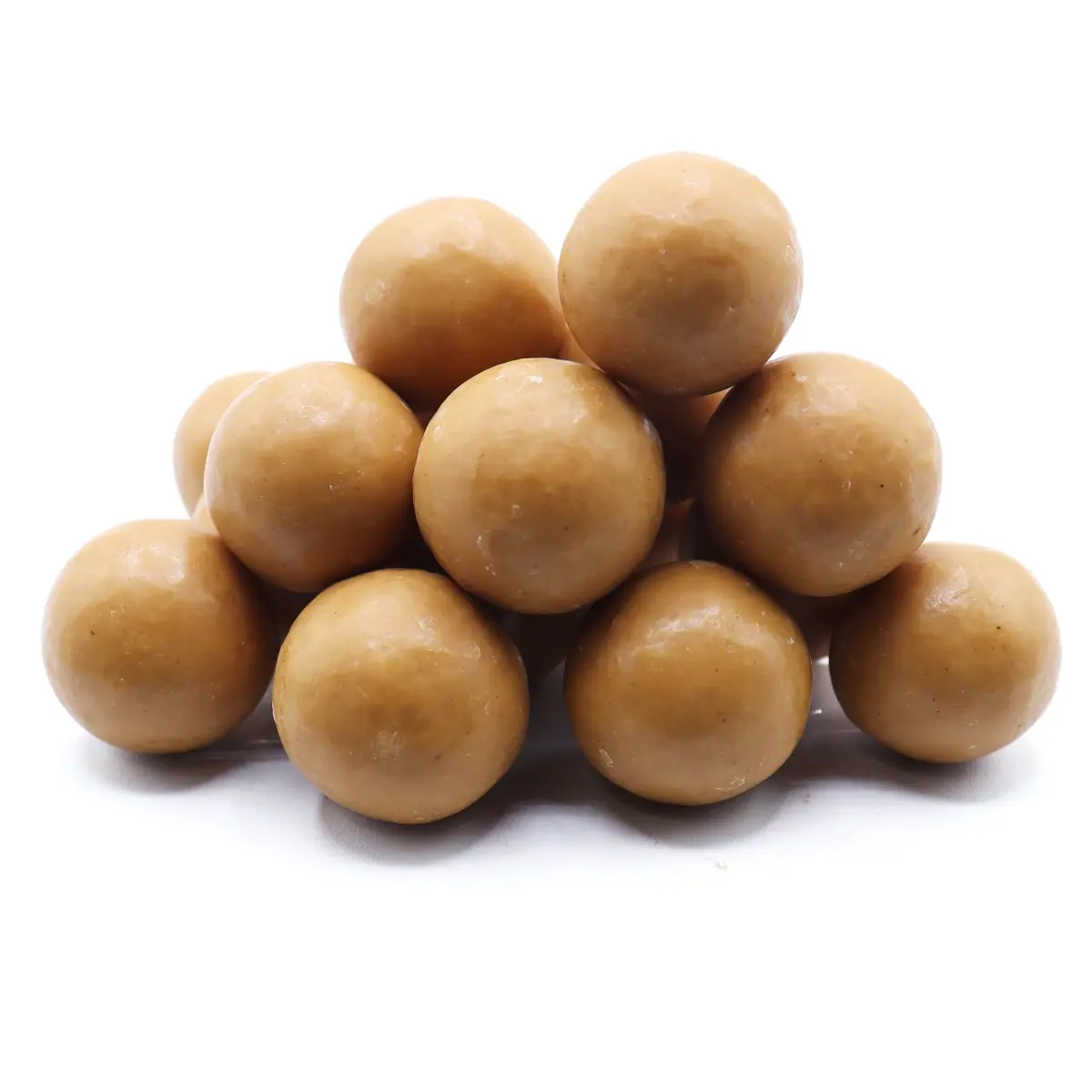
Wonderful things happen when everyone’s favorite food combo comes together in a magical creation. Meet Lorenta’s Peanut Butter Malted Milk Balls. They’re made of crispy malted milk balls dipped in velvety milk chocolate, then dunked in a sweet, smooth peanut butter coating to create a truly fantastic treat.
What’s inside a malted milk ball?
A malted milk ball typically contains a malted milk center made of malted barley and wheat flour, coated with a layer of milk chocolate or another type of flavored coating.
Sam Henselijn Author’s Biography – Meet L’Orenta Nuts CEO
Copyright 2024 L’Orenta Nuts
L’Orenta Nuts proudly holds the SQF food safety certification, symbolizing our unwavering dedication to upholding the highest standards of food safety and quality. This certification guarantees that our products undergo rigorous scrutiny, ensuring transparency, traceability, and adherence to global food safety regulations for the utmost consumer confidence.
L’Orenta Nuts has the HACCP (Hazard Analysis and Critical Control Points) certification is a systematic approach to identifying, evaluating, and controlling food safety hazards. It ensures that food products are produced and handled in a manner that minimizes risks and complies with safety standards.
Our GMP (Good Manufacturing Practices) certification ensures that a manufacturing facility adheres to comprehensive quality and safety standards while producing pharmaceuticals, food, and other consumer goods, promoting consistency, quality, and compliance with regulatory requirements.
L’Orenta is an FDA-approved manufacturing facility and has met the rigorous standards set by the U.S. Food and Drug Administration. It demonstrates compliance with regulations, ensuring the production of safe and high-quality food products.


